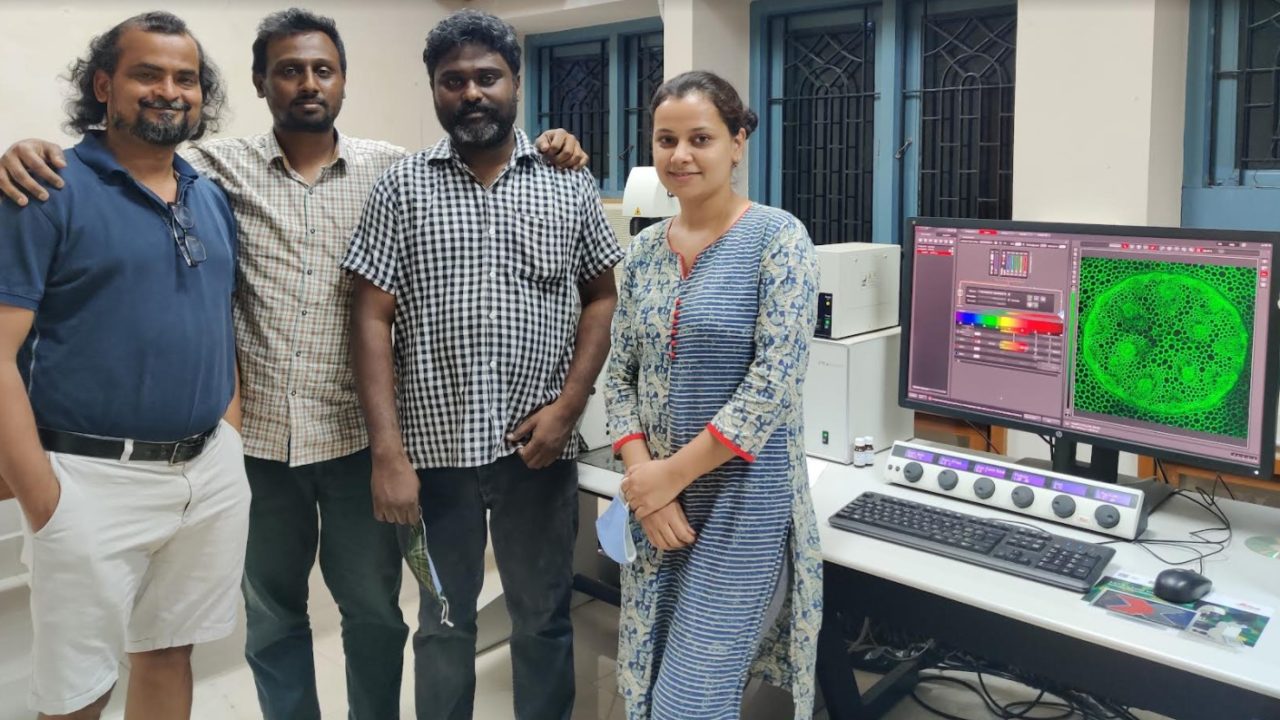
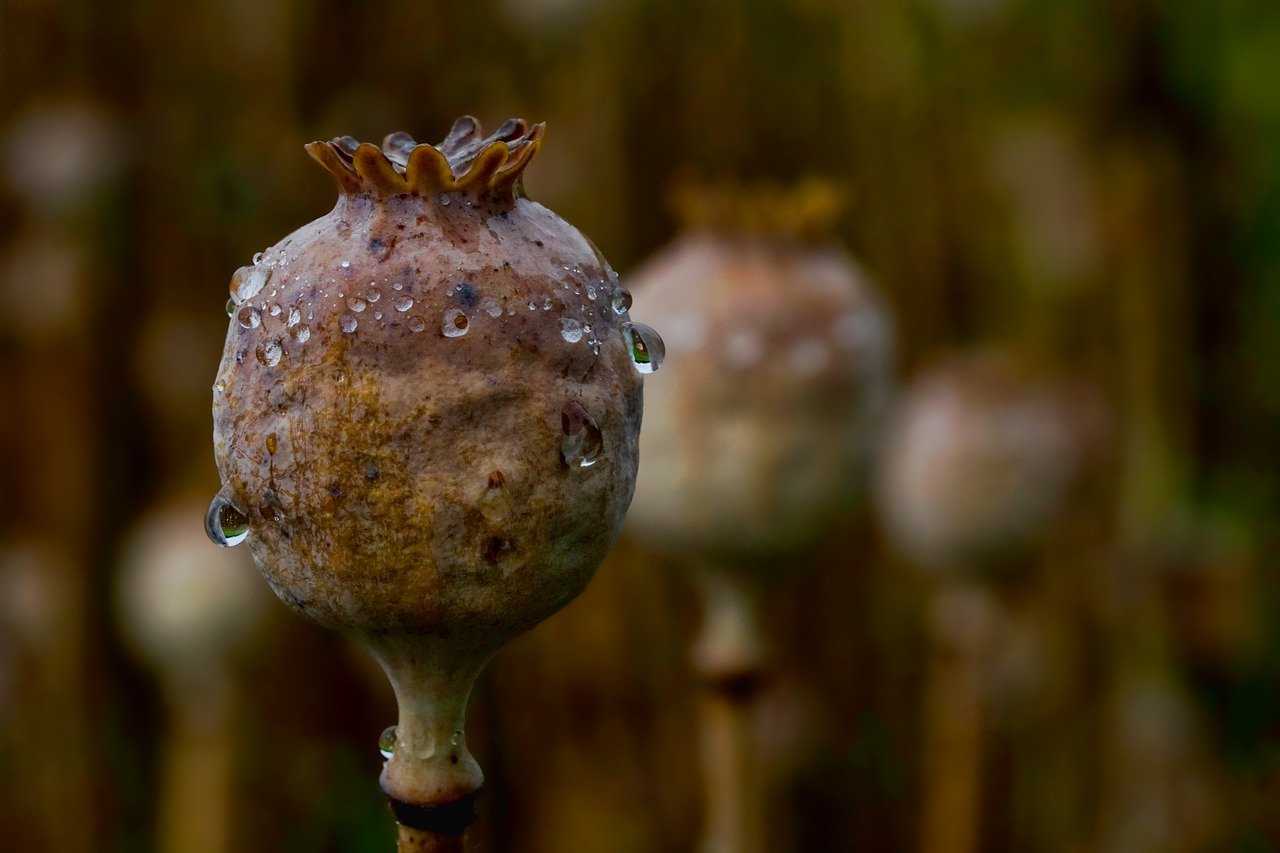
Researchers from the Indian Institute of Technology, Mandi have unraveled the mechanism by which insulin overload in the body causes insulin resistance that is associated with diabetes.
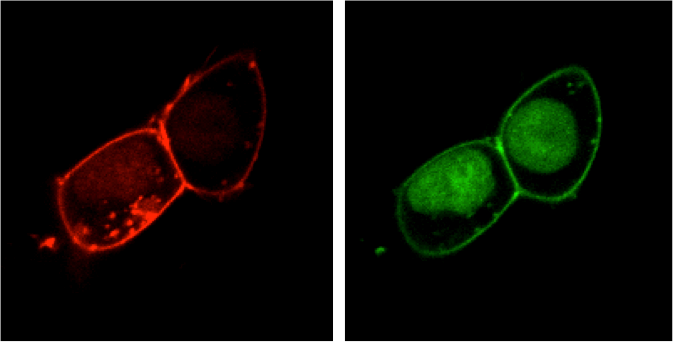
Researchers from IIT Kanpur have engineered antibody-based biosensors in the laboratory using protein-design approaches. These biosensors report the activation of important drug targets, and the approach used in this study also offers new solutions to the long-standing challenge of generating high-quality antibodies for life science research

Researchers from the Indian Institute of Technology-Kanpur have found structural differences between beta-arrestin Isoforms 1 and 2 upon their interaction with receptors. Beta-arrestin is a cellular protein that acts as a universal regulator of GPCRs, and this finding may help in designing novel therapeutic targets.

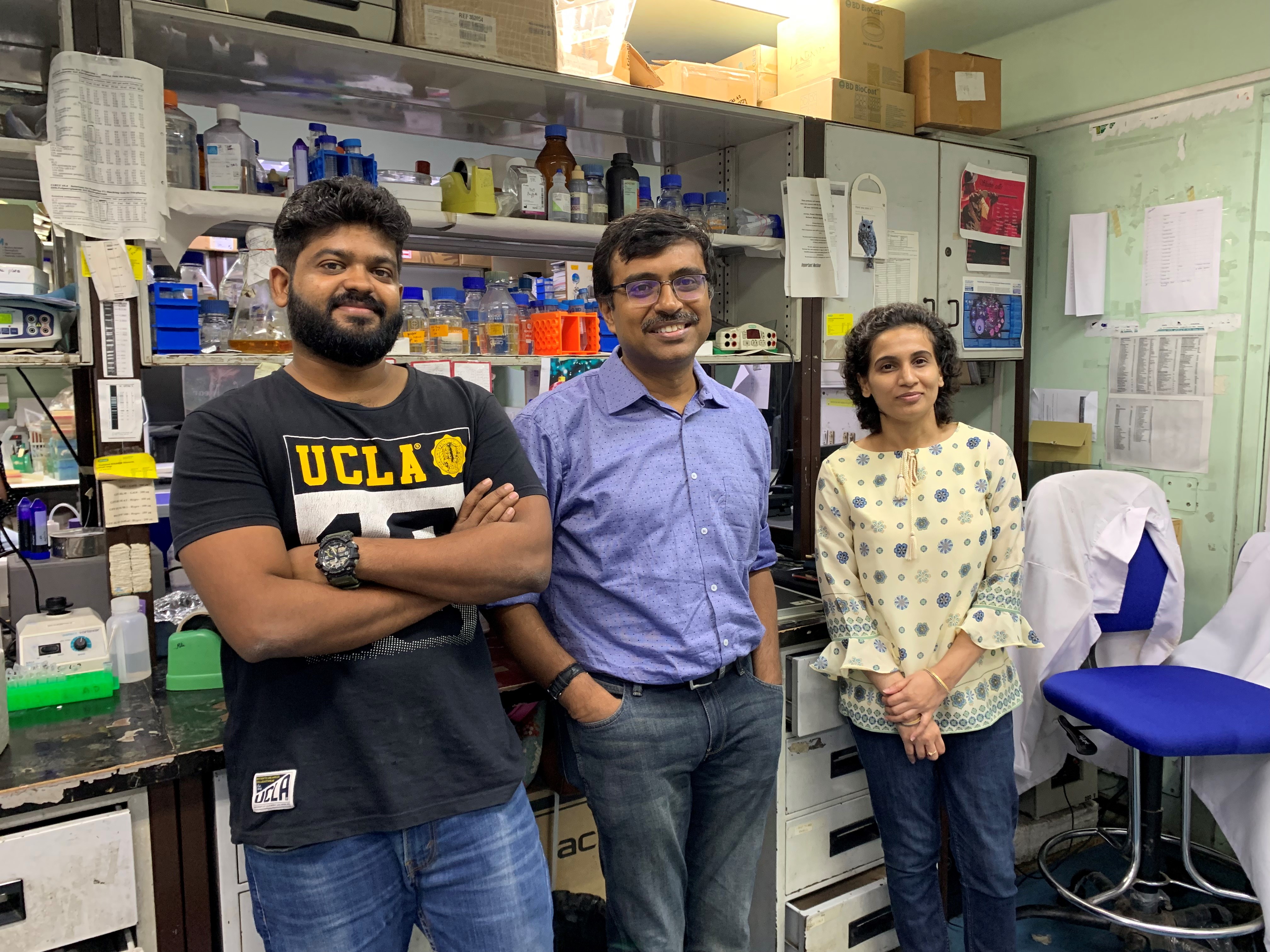
In a new development in the area of cancer research, scientists at Delhi-based National Institute of Immunology have found a way to stop the degradation of a protein called p53 that prevents cancer cells from proliferating and forming tumors in the body
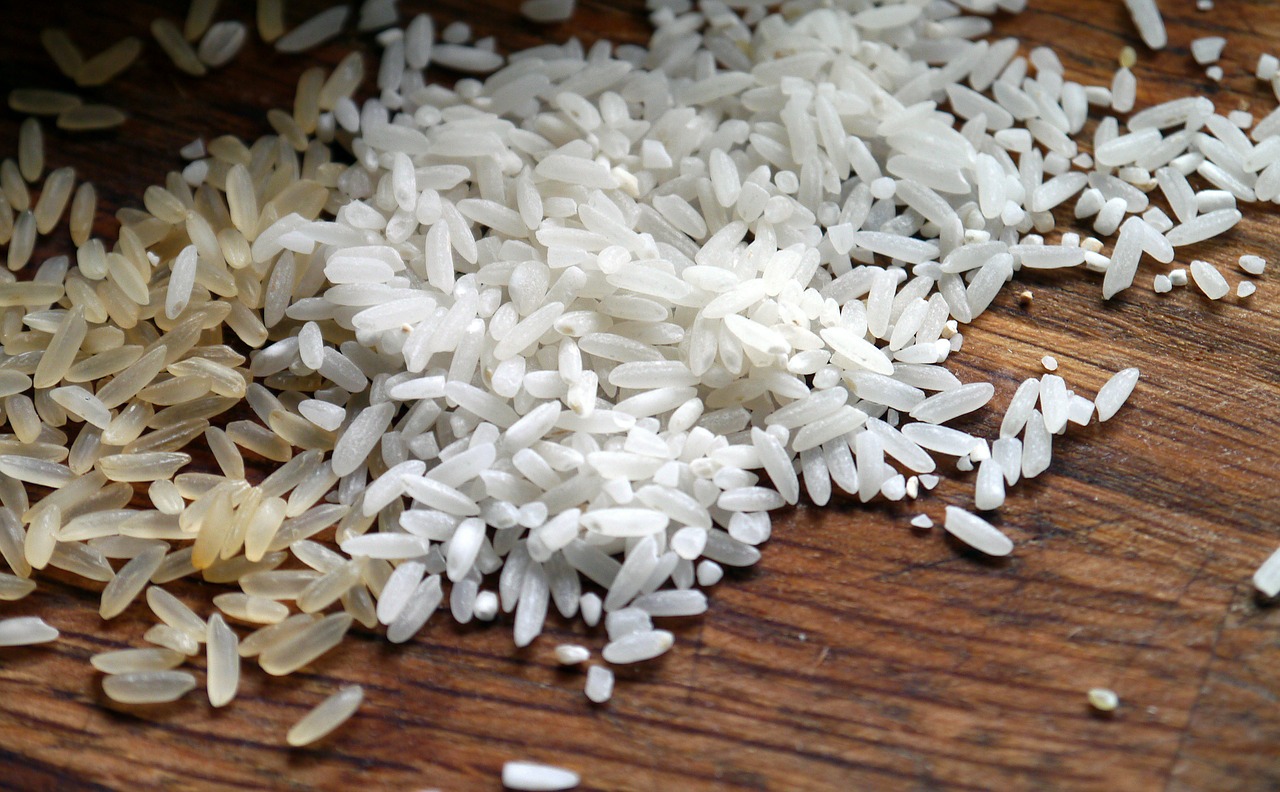
Rice yield in India is low compared to other countries like China and Japan though it has the largest area under rice cultivation. Now scientists at the National Institute of Plant Genome Research here have identified a gene that is involved in regulating the size of rice grain

Researchers at Bengaluru based Indian Institute of Science have found that lysozyme, an antibacterial protein that is found in body secretions like tears and saliva could be a leading cause for neuropathic pain
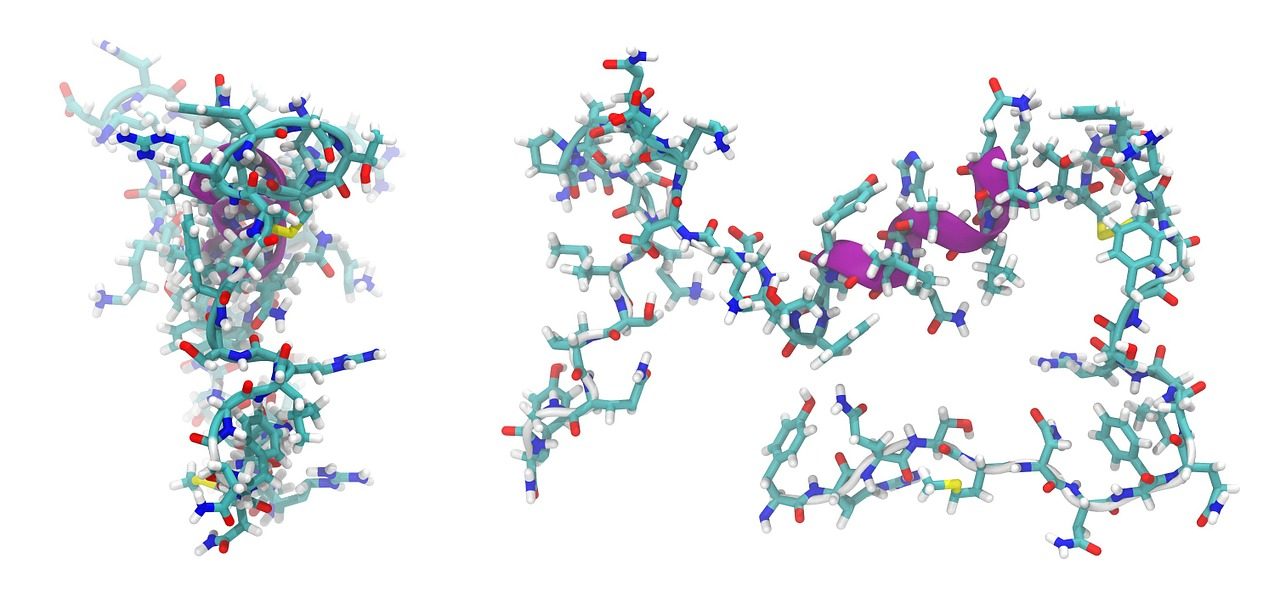
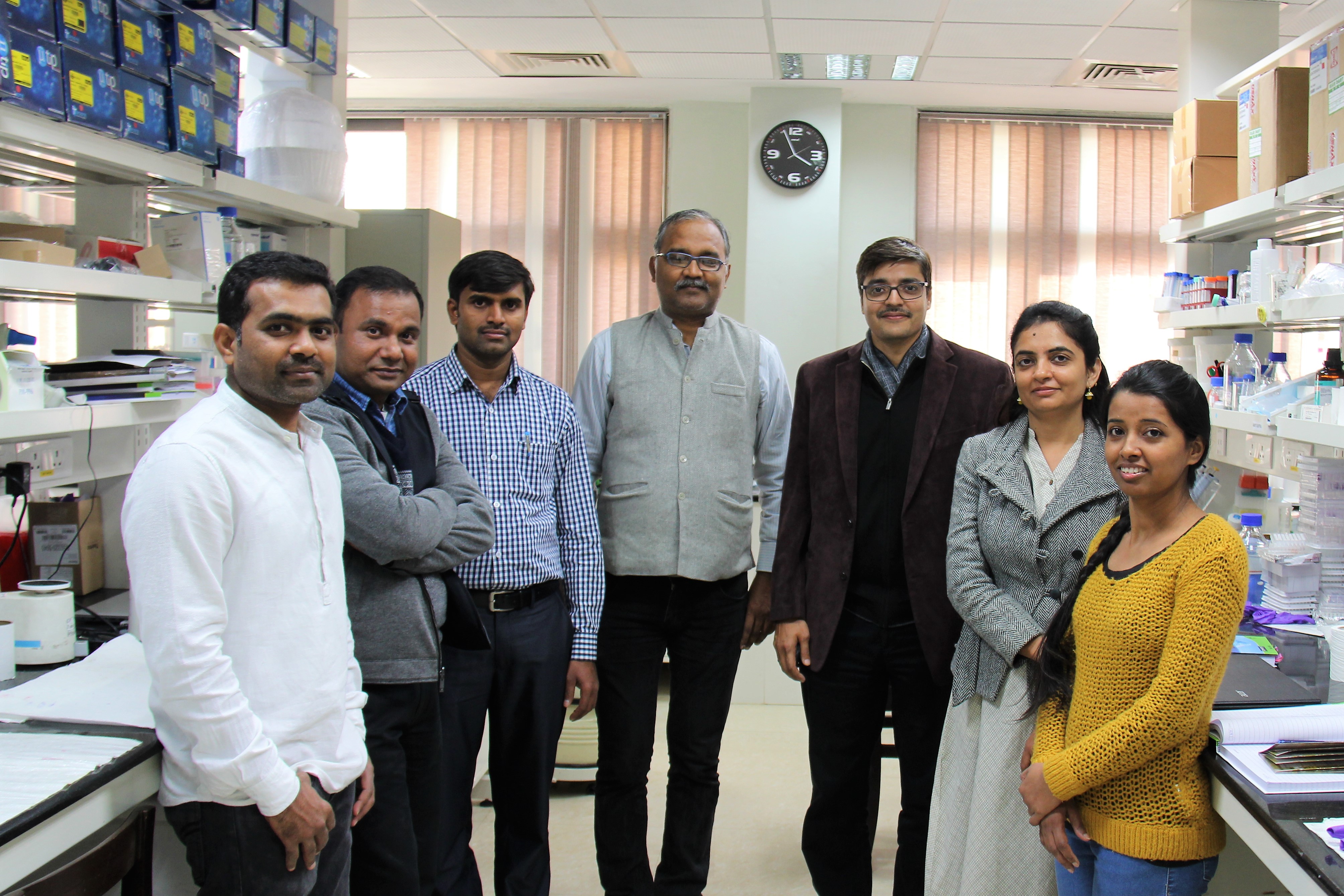
Dr. Vishal Rai’s team at Indian Institute of Science Education and Research Bhopal- provides the first modular platform for precision engineering of native proteins. The study was published in the Journal of the American Chemical Society
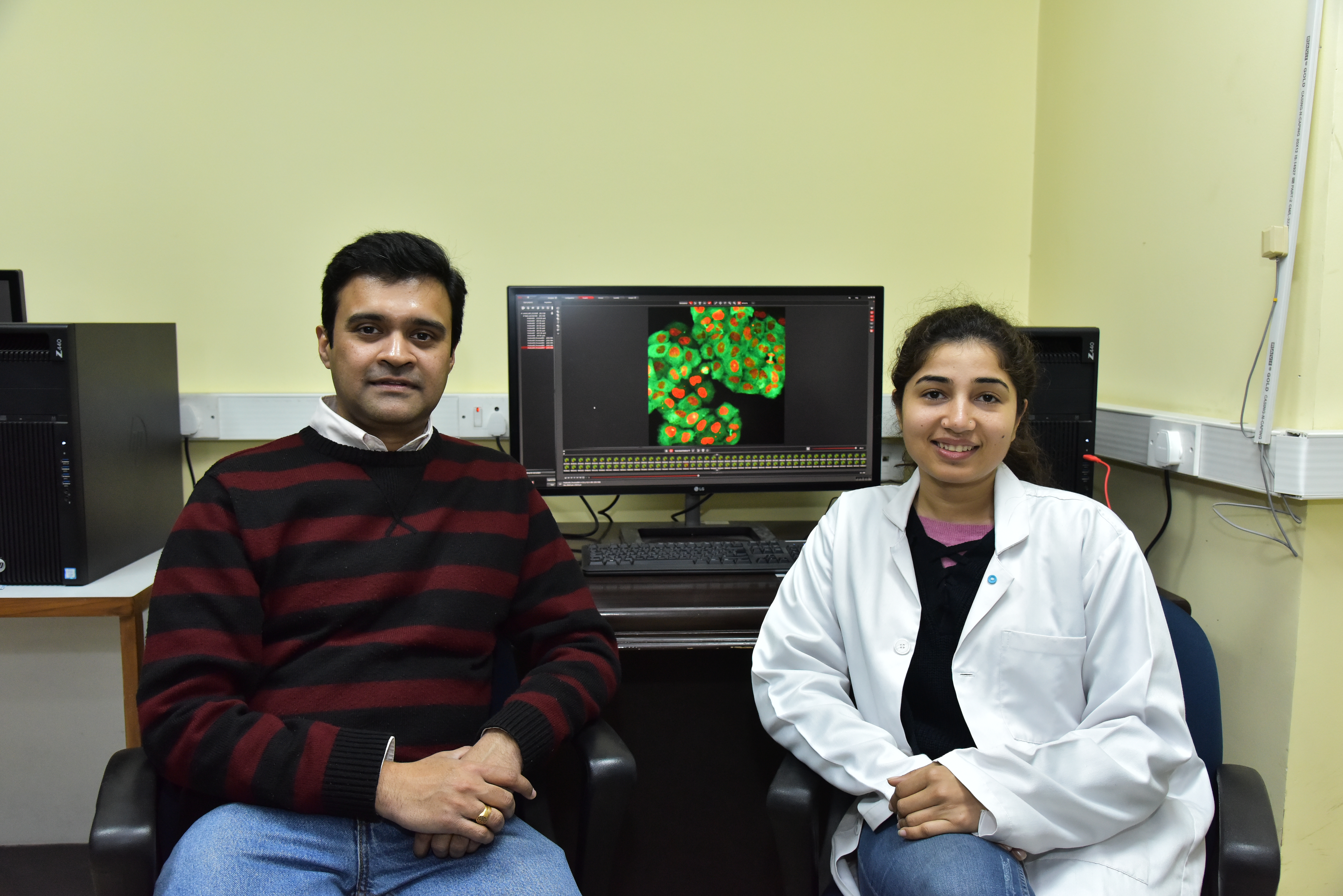
Researchers have revealed the regulatory role of a protein in the process of cell cycle progression and separation of newly formed mammalian cells. This study may help to understand uncontrolled cell division related cues because many regulatory proteins of the cell cycle, such as the one that reported in this study, are mutated in cancer cells.

Antibiotic resistance appears to be spreading in the environment. A new study has found a large number of bacteria which are resistant to commonly used antibiotics in stretches of river Ganga
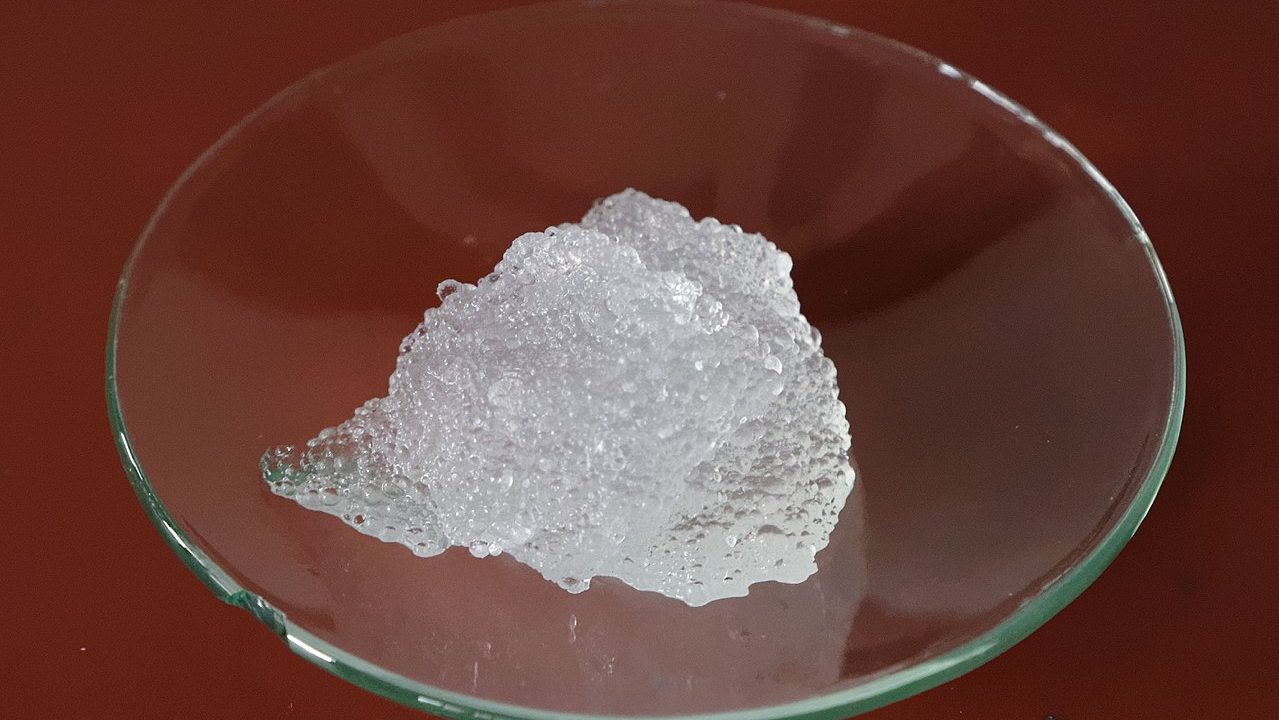

A team of researchers at the Indian Institute of Technology, Hyderabad has developed a new technique that promises to help deploy high volume artificial neural networks on mobile phones and portable devices

Scientists at the Pune-based National Chemical Laboratory of Council of Scientific and Industrial Research have developed a mathematical model that promises to deliver better protocols for cancer treatment
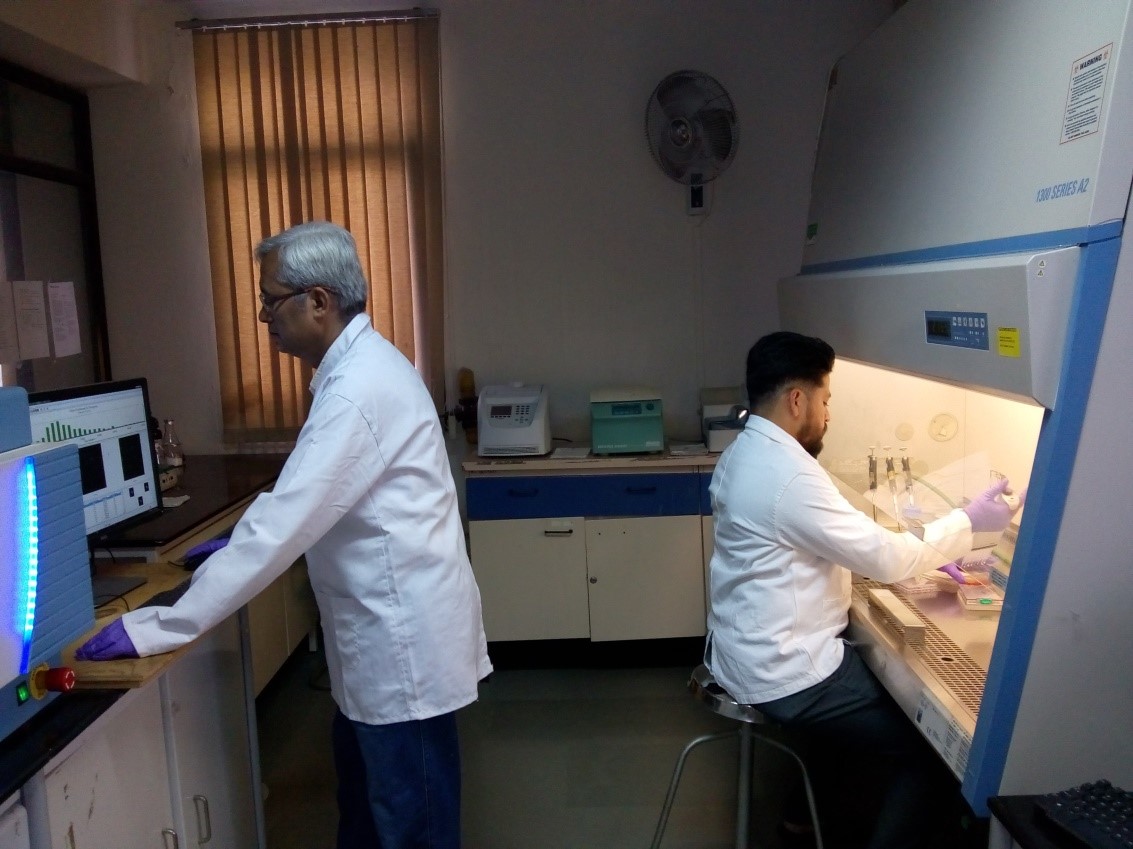
Cancer drugs are generally toxic and result in serious side effects in patients. A group of Indian researchers has now redesigned one such drug to get new chemicals which themselves may be potential anti-cancer and anti-bacterial drugs

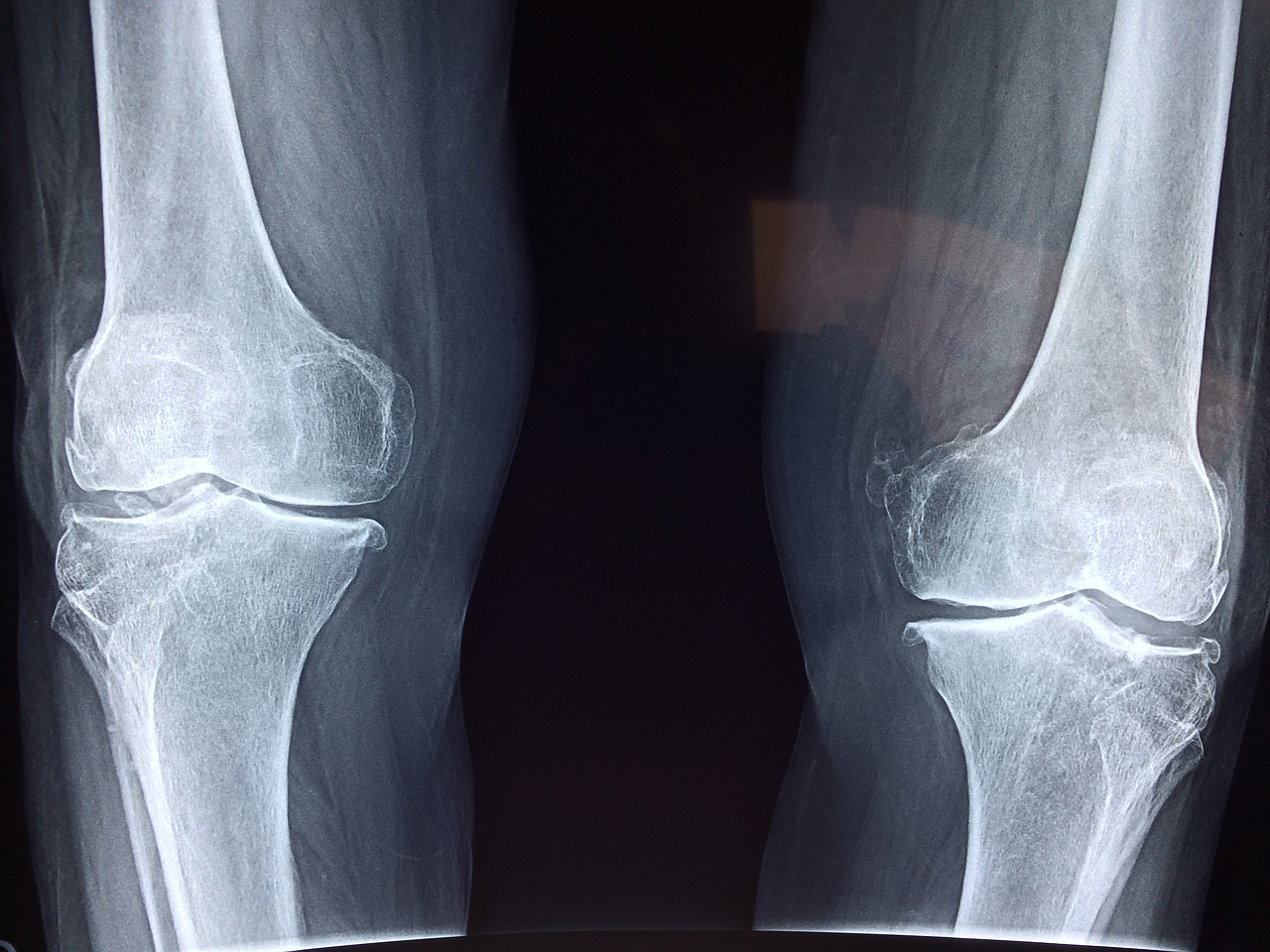
Researchers at the Indian Institute of Science in Bengaluru have proposed a new approach for developing orthopedic implants with better ability to bond with the bone
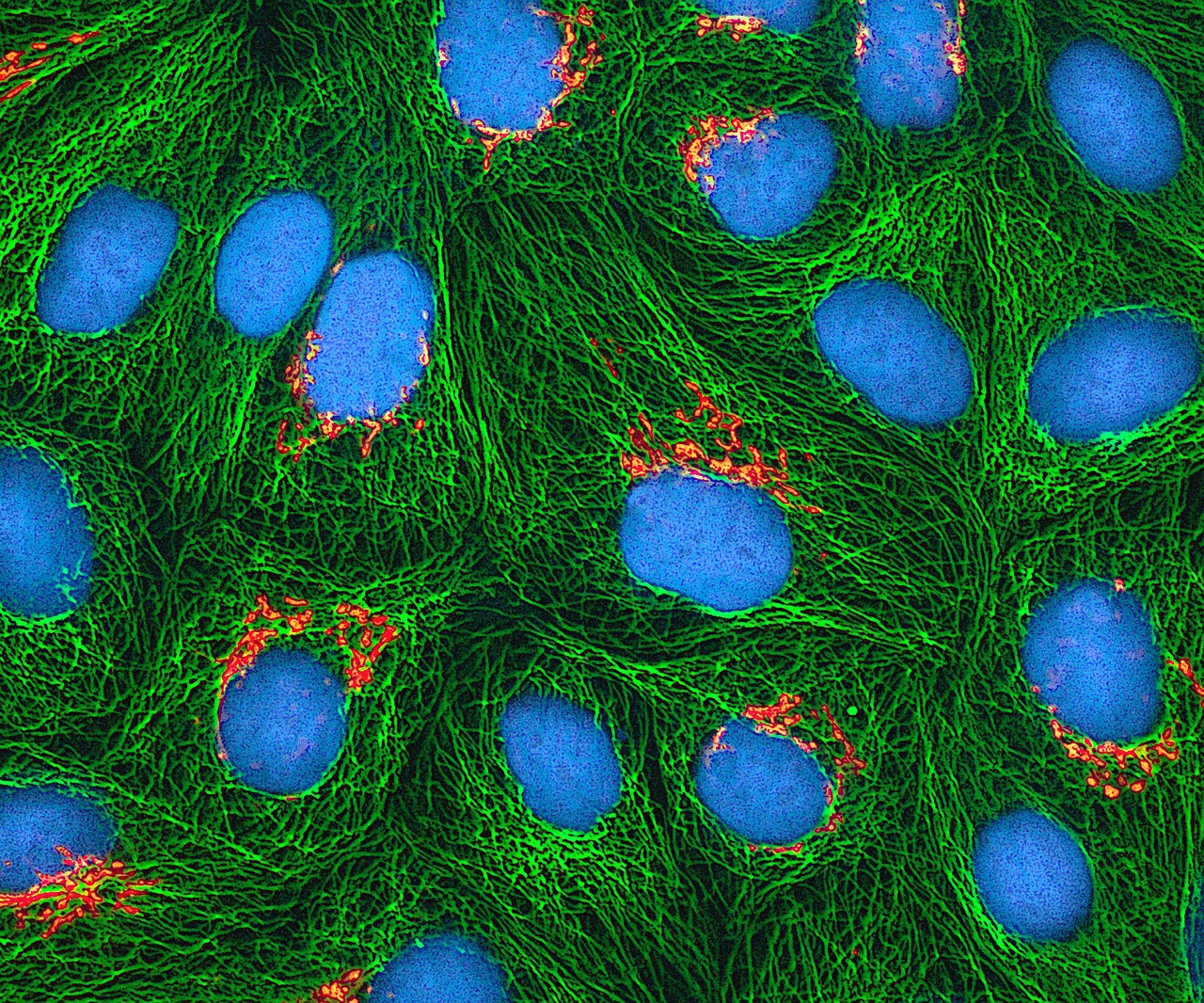
Scientists at Indian Institute of Science, Bengaluru have found a way to enhance uptake of fluorescent probes into cells.
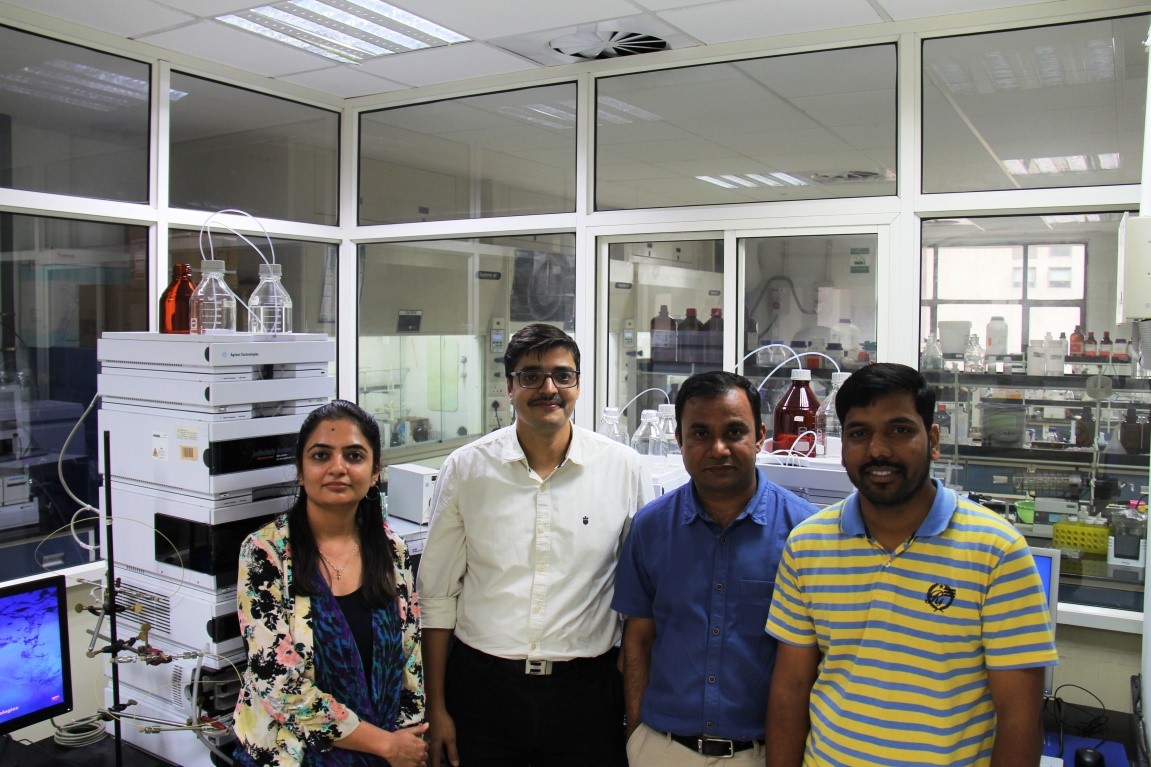
In a promising development in the area of targeted treatment of cancer, a team of researchers at the Indian Institute of Science Education and Research (IISER), Bhopal, have developed a new method to synthesize antibody-drug conjugates (ADC) using the chemical route.
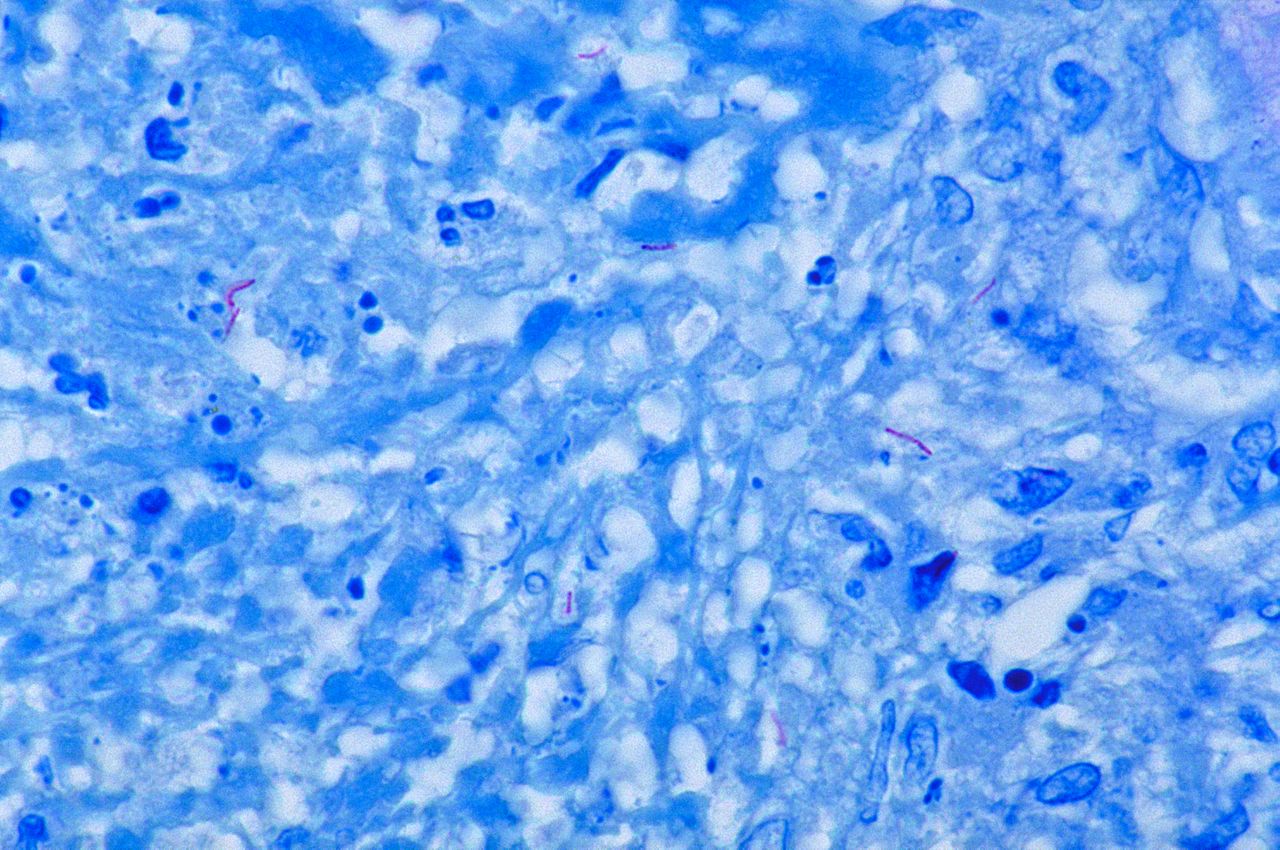
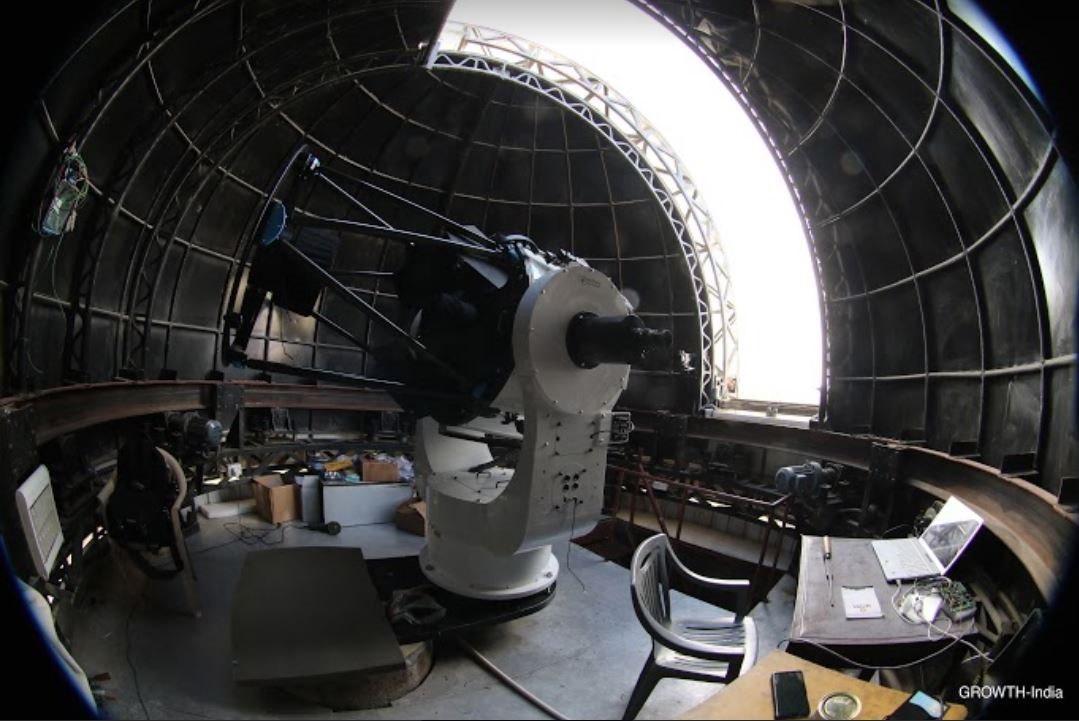
India’s newest telescope has started observing the skies. The telescope located at the Indian Astronomical Observatory (IAO) at Hanle in Ladakh is the country’s first robotic telescope and the first one designed to observe dynamic or transient events in the universe.
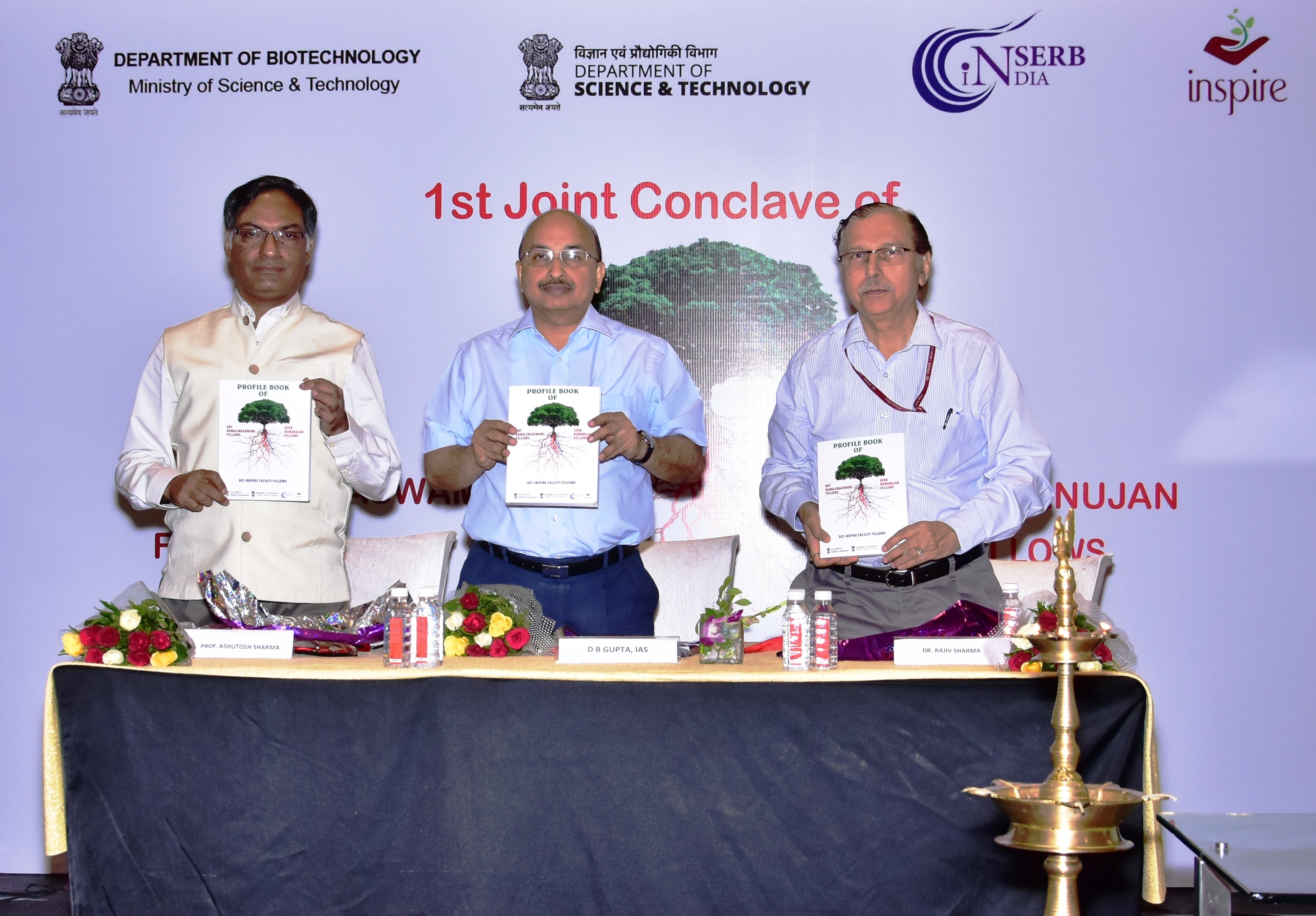
It is a silent change which has been occurring over the past one decade. The schemes launched to reverse the process of infamous ‘brain drain’ have finally started yielding results.

Fish scales have a typical structure and chemistry that makes them naturally capable of repelling oil. Scientists are trying to exploit this property for developing novel materials that can find application in addressing oil pollution.


It is not enough that scientists and technologists keep gaining new knowledge and developing new products useful to society. They should also have a workplace befitting their work profile.

Air pollution is not only injurious to human health but also to plant life. Scientists from Banaras Hindu University (BHU) have found that most wheat cultivars developed after the year 2000 are more sensitive to damage due to ozone, a byproduct of air pollution.

Just by changing the time of administering drugs, doctors may be able to improve the outcome of cancer therapy, suggests new research done at the Indian Institute of Technology-Madras (IITM).

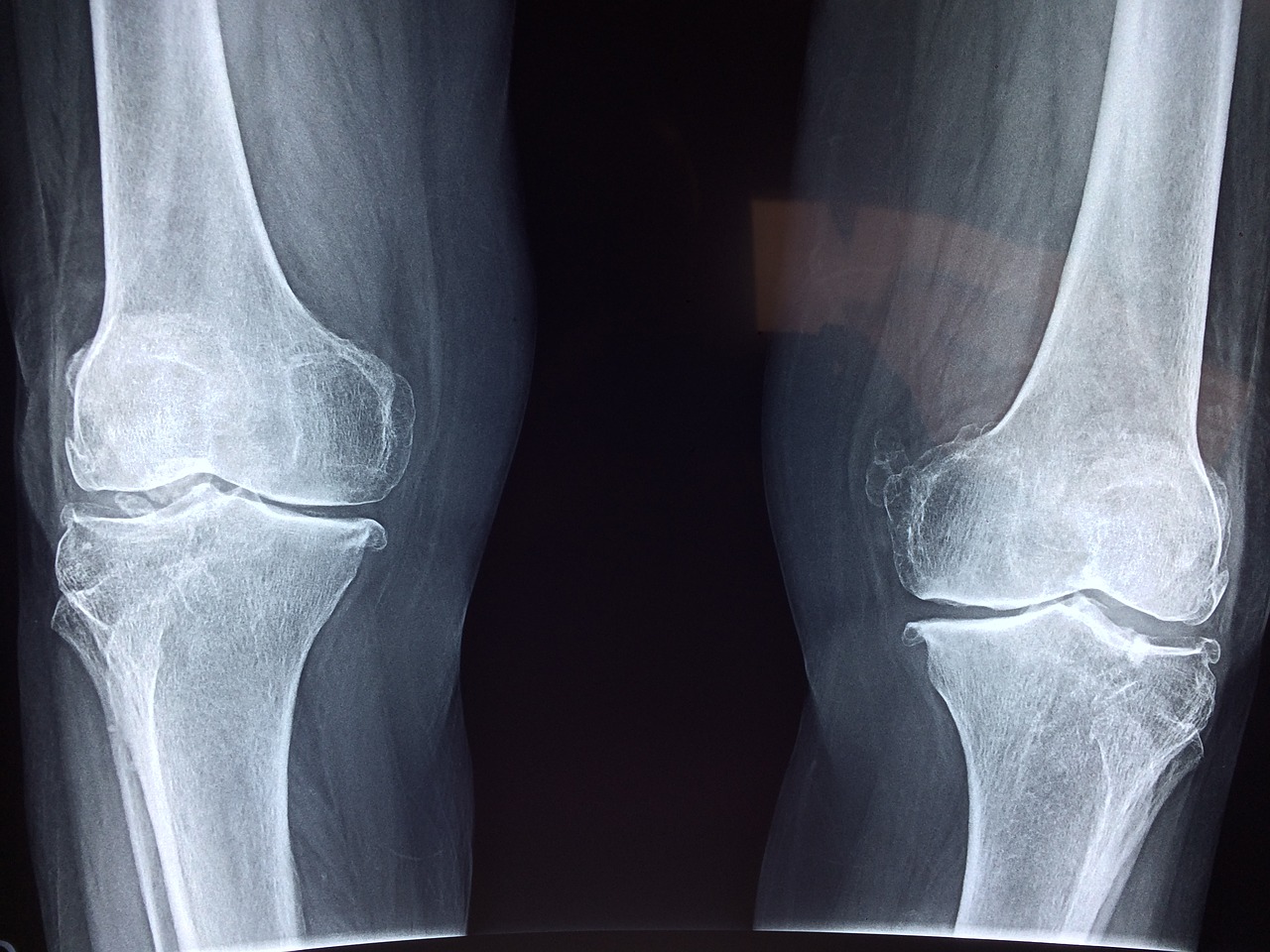
Researchers at the Indian Institute of Technology Kanpur have reported the role of two novel molecules - NFIA and GATA3 - in development of joint cartilage during embryo growth. They have observed in chicken and mouse studies that both these molecules prevent cartilage degeneration
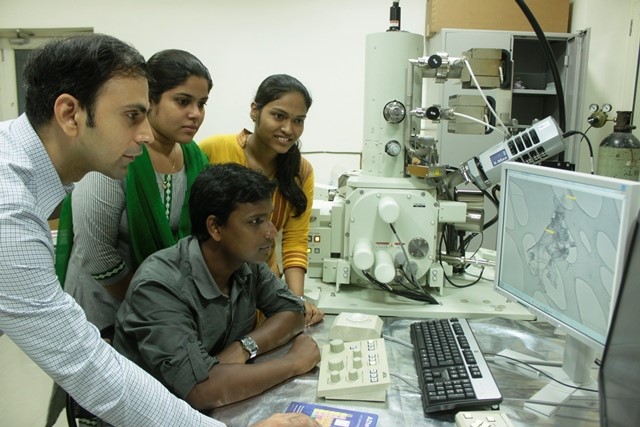
How thin can the thinnest material be? It can be as thin as 100,000 times thinner than a sheet of paper. You may not be able to imagine or see with naked eyes such a material, but this is what a group of Indian scientists have done.
Internet is huge! Help us find great content
Never miss a thing! Sign up for our newsletter to stay updated.
Research Stash is a curated collection of tools and News for S.T.E.M researchers
Have any questions or want to partner with us? Reach us at hello@researchstash.com